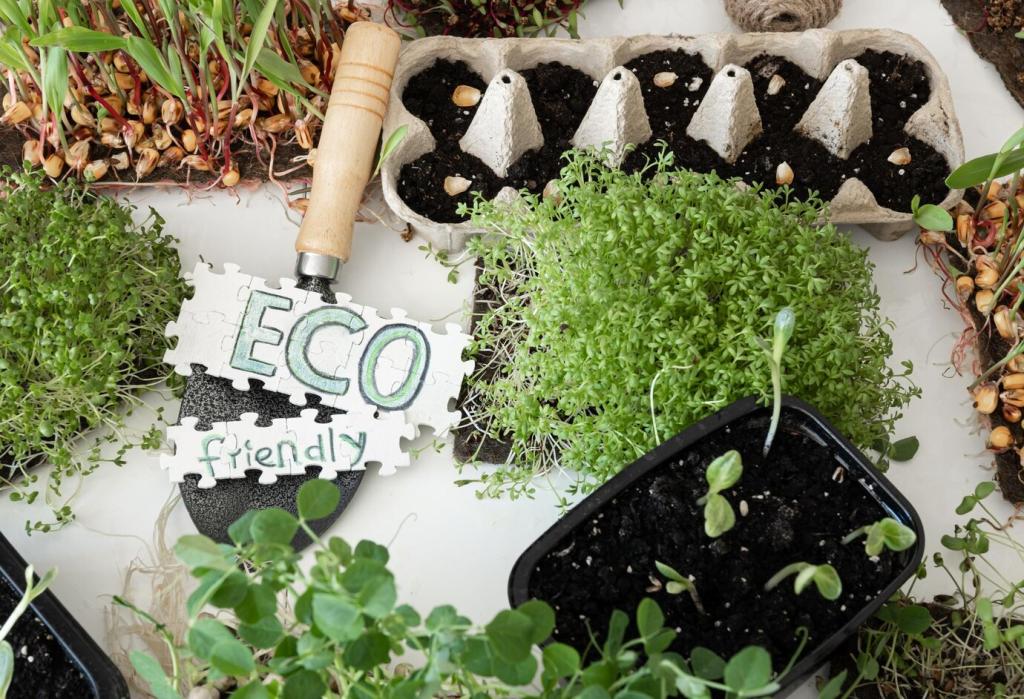
Biodegradable Materials in Eco-Home Furniture: Design That Returns to Earth
Chosen theme: Biodegradable Materials in Eco-Home Furniture. Step into a home where beauty, comfort, and conscience meet. Explore how furnishings crafted from biodegradable materials can enrich daily life, lighten your footprint, and inspire meaningful habits. Subscribe for fresh ideas and share your own earth-friendly experiments.
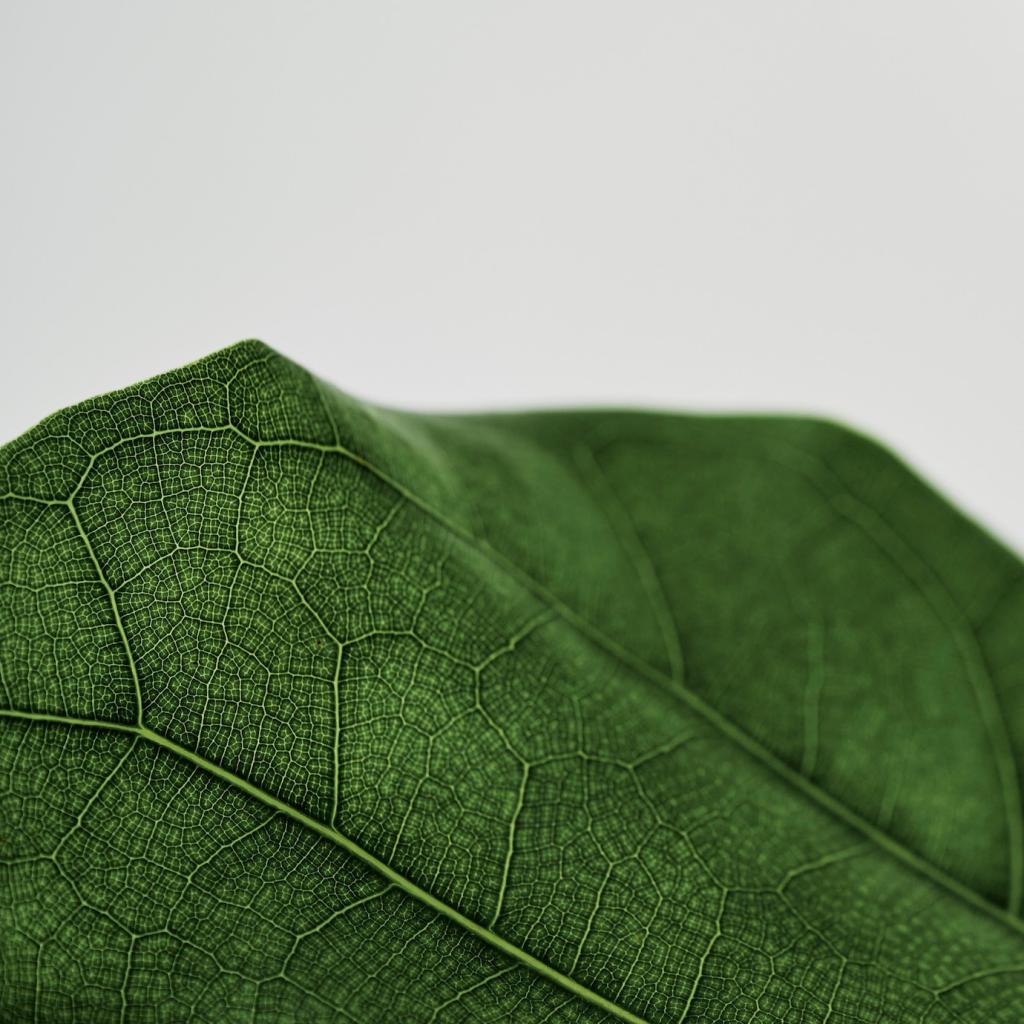
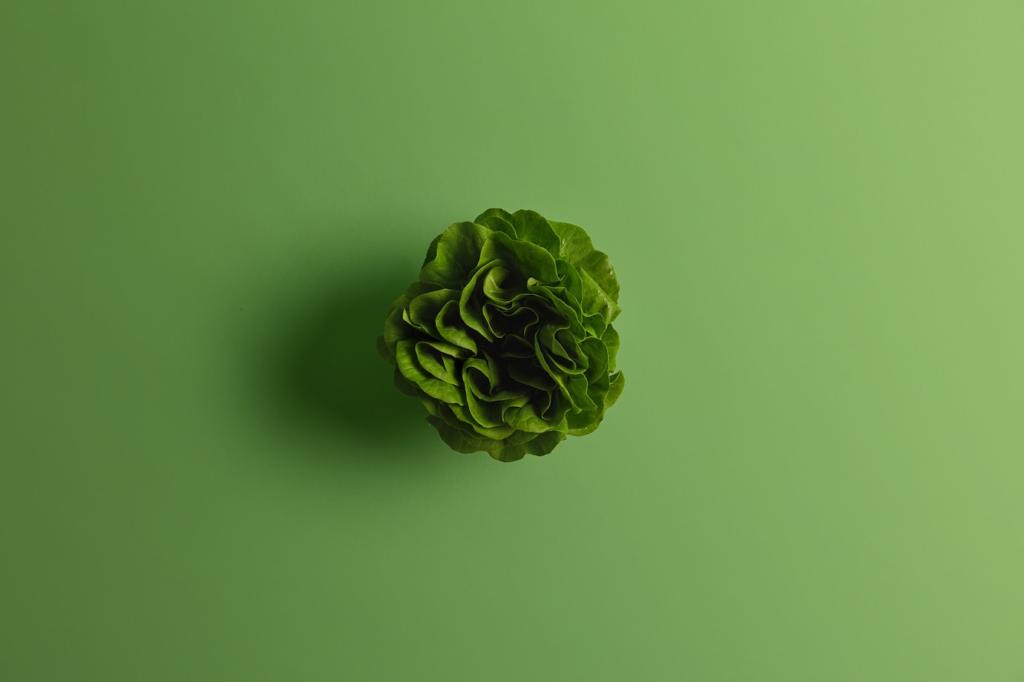
Why Biodegradable Materials Matter at Home
When furniture breaks or ages out, materials like mycelium, cork, hemp, and untreated wood can safely decompose, nourishing soil rather than polluting it. Imagine a chair that becomes compost, not clutter—an ending that enriches the next beginning. Tell us how you envision this circular story at home.
Why Biodegradable Materials Matter at Home
Biodegradable furniture often uses low-VOC finishes like linseed oil, beeswax, or shellac, reducing off-gassing and supporting healthier indoor air. Fewer toxins mean clearer breathing and calmer spaces. Have you noticed a difference after switching to natural finishes? Share your experience and help others breathe easier.
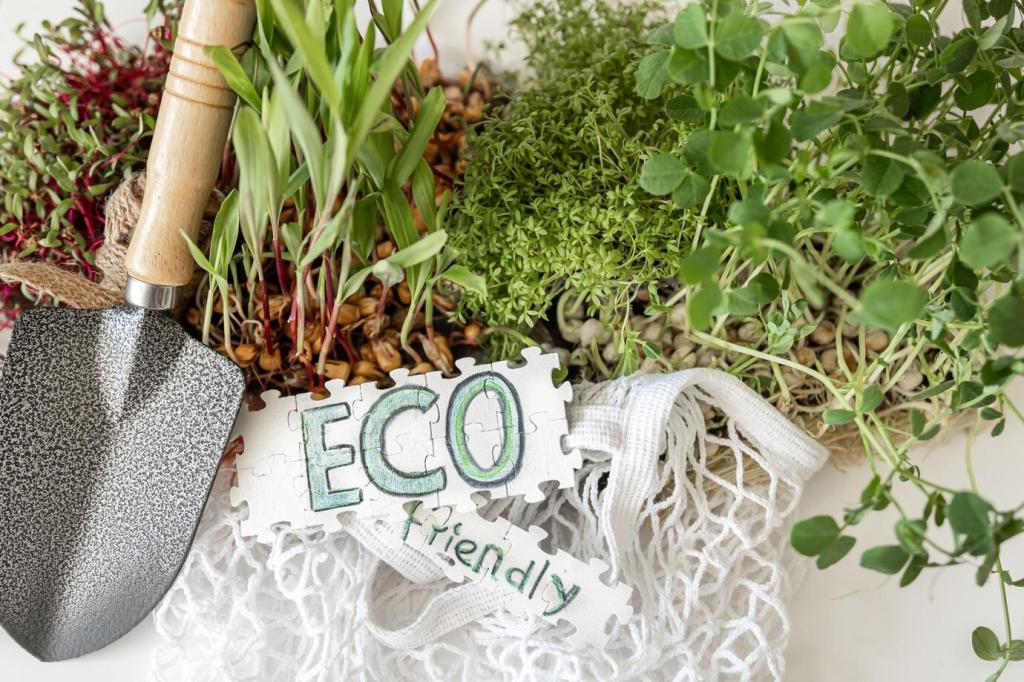
Mycelium Foams and Panels
Mycelium grown on agricultural waste forms lightweight foams and structural shells for stools, lamps, and side tables. It molds into shapes without heavy tooling and composts under the right conditions. Curious about growing your own components? Subscribe for upcoming tutorials and tell us what you would attempt first.
PLA and PHA: Biopolymers with Purpose
PLA and PHA can replace small plastic parts, handles, and organizers in eco-home furniture. They are compostable in controlled facilities, though heat tolerance and durability vary. Have you tried biopolymer components at home? Share test results, warping surprises, and what actually lasted.
Hemp, Bamboo, and Cork: Rapid Renewables
Hemp fibers reinforce composites, bamboo offers strength and elegance, and cork cushions beautifully while absorbing sound. These fast-growing resources combine performance with responsible regeneration. Which material feels best under your hands—grainy bamboo, springy cork, or textured hemp? Tell us how you would use it.
Designing for Disassembly and Composting
Choose dowels, wooden pegs, and threaded inserts that allow separation of components. When adhesives are necessary, consider casein or hide glues that break down more naturally. Do you have a favorite disassembly-friendly joint? Share tips and photos to help the community design smarter.


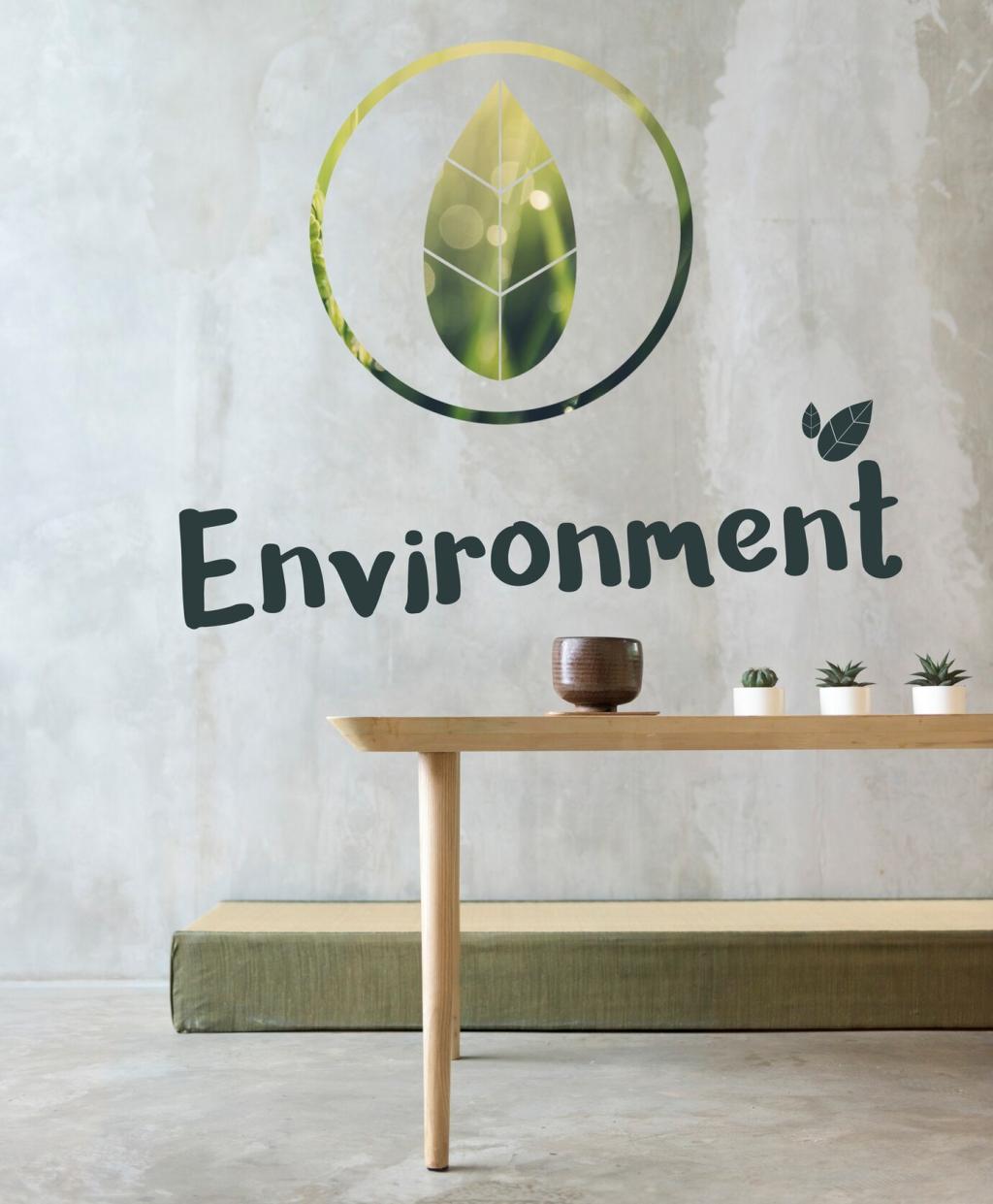

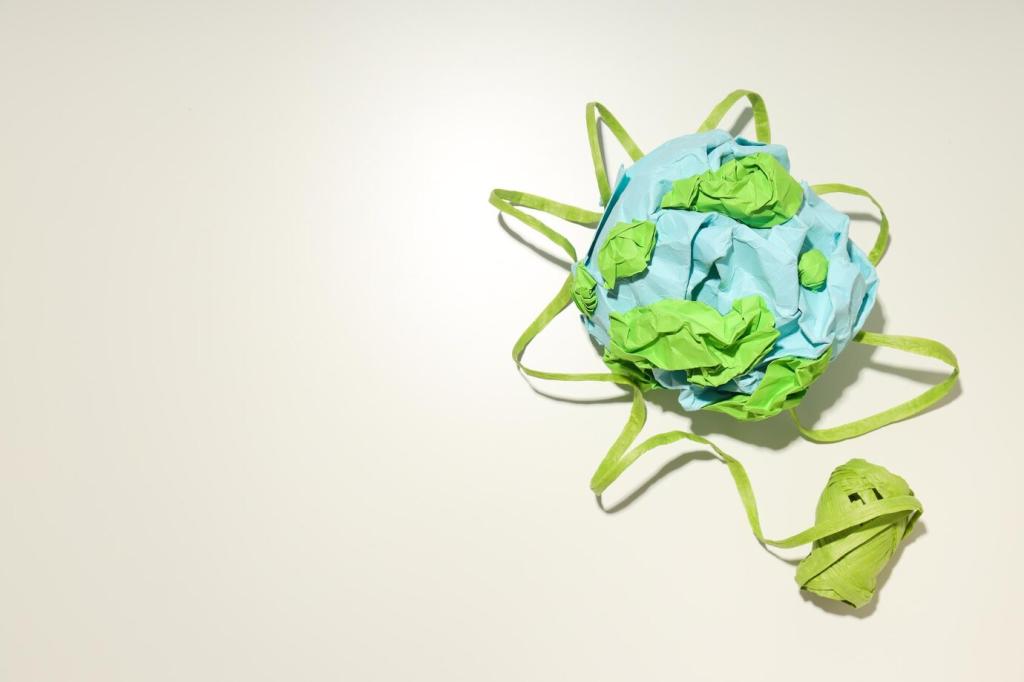
Maintenance Without Microplastics
Skip aggressive chemicals and microfiber shedding. Use mild soap, warm water, and natural-bristle brushes to lift grime while preserving finishes. Spot-test every routine. What gentle cleaning method surprised you with results? Add your tips to our growing reader playbook.
Maintenance Without Microplastics
Patch cracks with wood flour and natural resins, tighten joints, and reweave hemp or jute where needed. Thoughtful repairs extend life without introducing problematic synthetics. Share before-and-after photos of your proudest fixes and inspire someone else to save a piece today.
Getting Started: Your First Biodegradable Furniture Project

Try a bamboo step stool with wooden dowel joinery and a beeswax finish. Keeping materials simple makes end-of-life decisions clear. What small, useful piece would kickstart your journey? Tell us and we will suggest a minimalist parts list.
